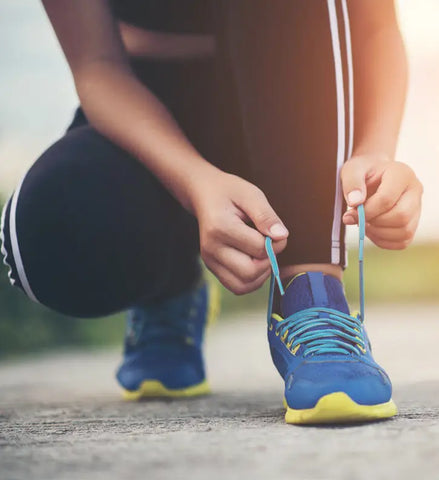Understanding the Relationship Between Depression and Exercise
Share
Understanding the Relationship Between Depression and Exercise
Recent research and awareness campaigns have revealed that far more people suffer from depression than many of us might think. For years, many people with depression have believed that they were alone in their struggle, but it turns out the challenge is both common and widespread. It is also quite dangerous, particularly if people attempt to deal with their depression themselves. The sad loss of some of our greatest heroes—even within the sport of surfing—is a testament to how devastating depression can be.
Fortunately, there are ways to treat depression and break the depressive spiral. Counseling, support groups, and pharmaceuticals are all common treatments for depression here in the US.
But interestingly, there is another simpler and yet incredibly effective treatment for depression that is almost universally prescribed for depression—except not in the US. Although most medical experts know that exercise has a direct positive impact on not only levels of depression but also the physical causes and symptoms of it—and although doctors in other countries routinely prescribe exercise as a first-line or second-line treatment for the mental disorder—here in the US, we largely overlook the fact that simply getting out

and running, surfing, or engaging in some other form of exercise can help alleviate feelings of depression.
Research has found that exercise has similar effects on the brain as antidepressant medications. It facilitates neuroplasticity (creating new neural pathways in the brain) and leads to growth in the hippocampus, which is typically undersized in people with depression. But if exercise is so helpful for people suffering from depression, why is it so underutilized by physicians in the US?
There appear to be a couple of reasons. First of all, the US is, by and large, an extremely sedentary culture. Only around 20 percent of Americans get the recommended minimum amount of exercise per week (150 minutes), and the fact that we are so dependent on cars and other forms of transportation means that many of us don’t get the minimum number of steps in each day. This lack of movement holds true with our medical professionals as well—and if they aren’t exercising enough, it is unlikely that they will prescribe exercise for our maladies.
Another major factor is the fact that the US system provides incentives for physicians to prescribe pharmaceuticals to patients. We have become a drug-dependent society that tends to treat the symptoms rather than the disease, and big pharma makes billions of dollars per year on the backs of doctors who prescribe pills for just about anything—including depression. That isn’t to say that antidepressants aren’t useful and efficacious when used correctly. But in a society that is looking for a quick fix and is often unwilling to change lifestyle habits, there is a tendency to overprescribe drugs without also utilizing complementary, holistic medicine that has been proven to work for thousands of years.
The long and short of it is that depression is a very real and very dangerous ailment, and that many of us struggle with it. If you are dealing with depression, please don’t do so alone. Reach out to people who love you for support and help, and always consult with your mental health provider when dealing with the symptoms of depression. But that being said, it is nice to know that part of our mental health is also in our own hands. We can choose to live in a way that gives us the best chance of dealing with issues such as depression, and an active lifestyle full of exercise is a great way to get started.
So next time you are feeling the blues creeping in, get outside and go for a run— or better yet, paddle out for a few waves. You’ll be amazed at how much better a bit of exercise will make you feel!
More to Read...
